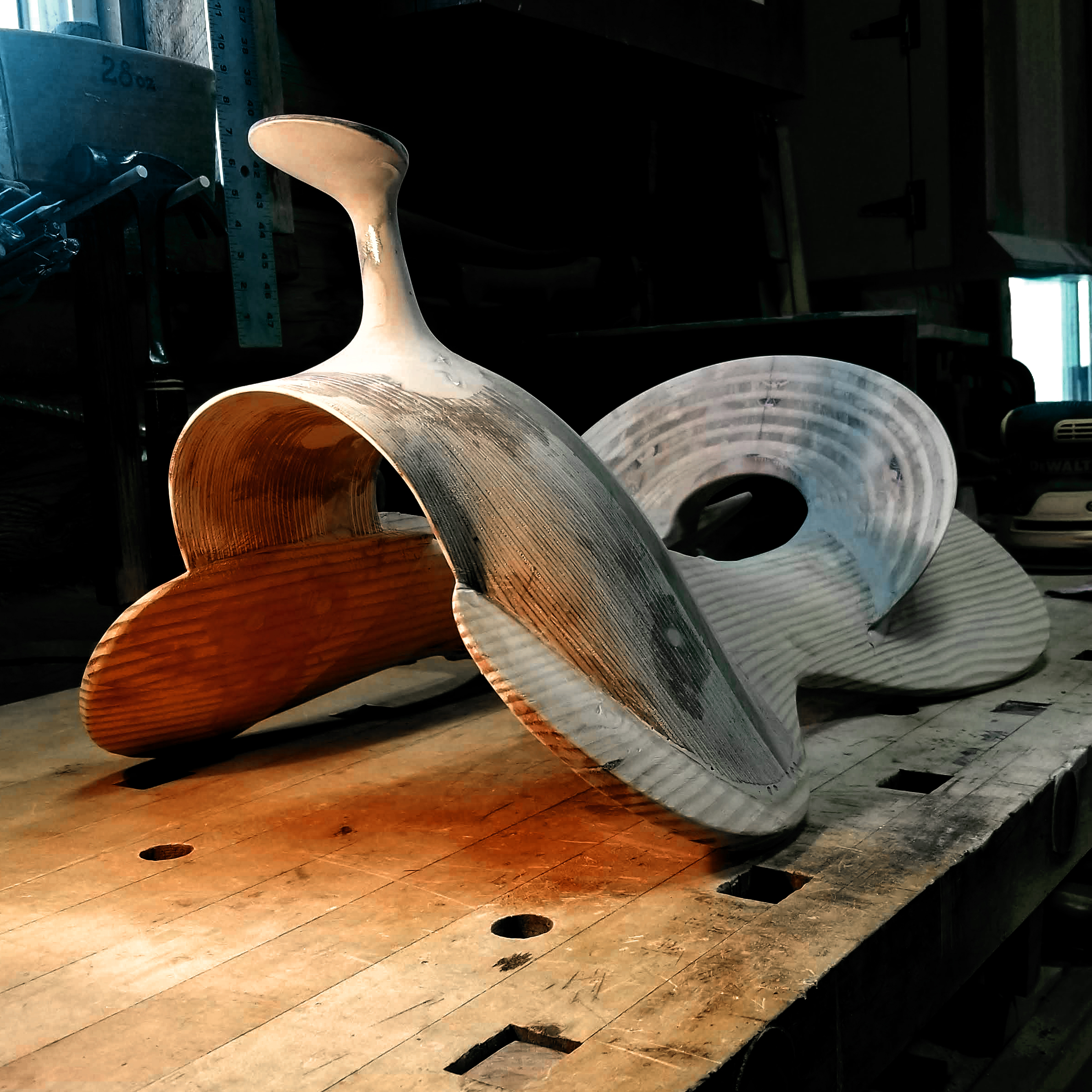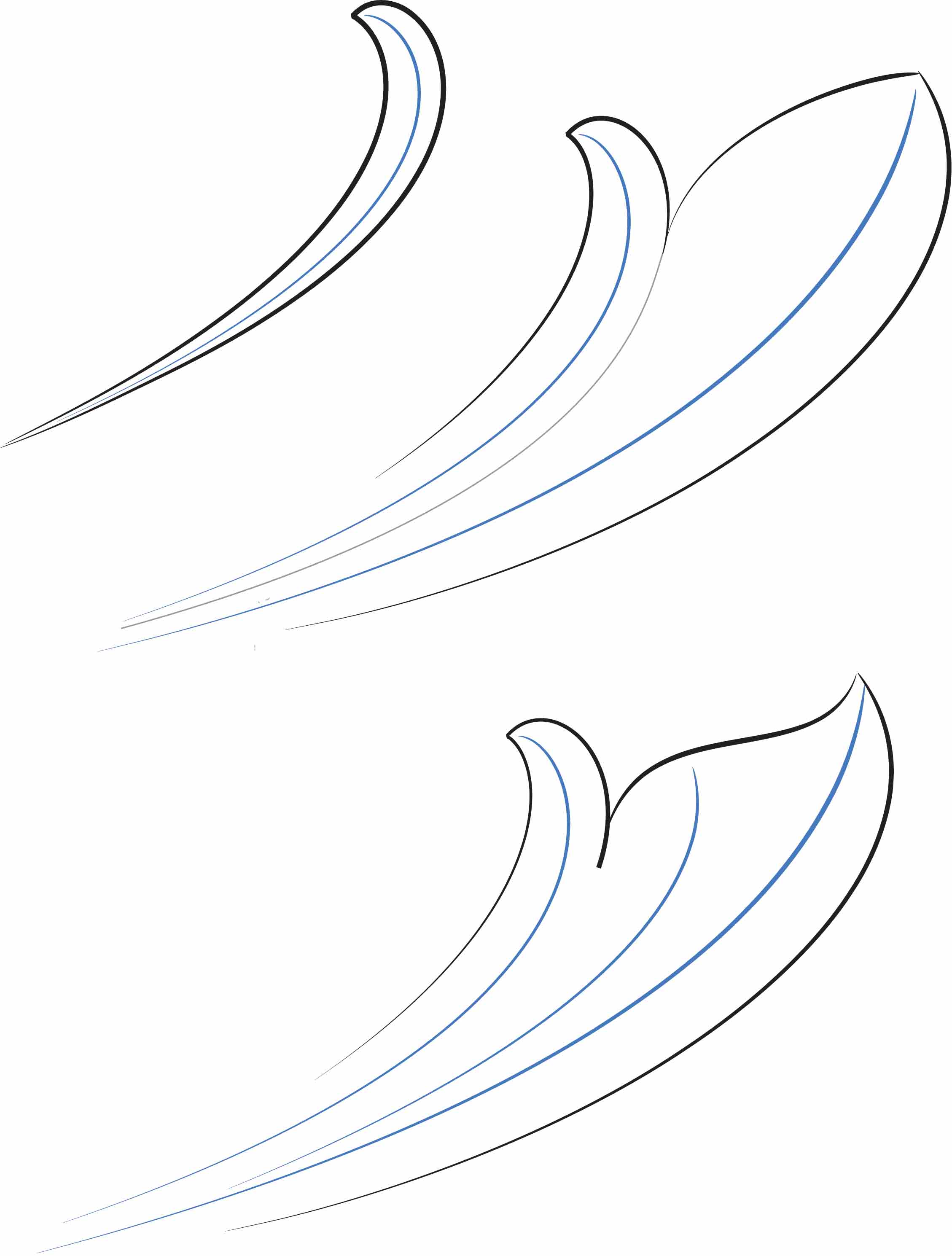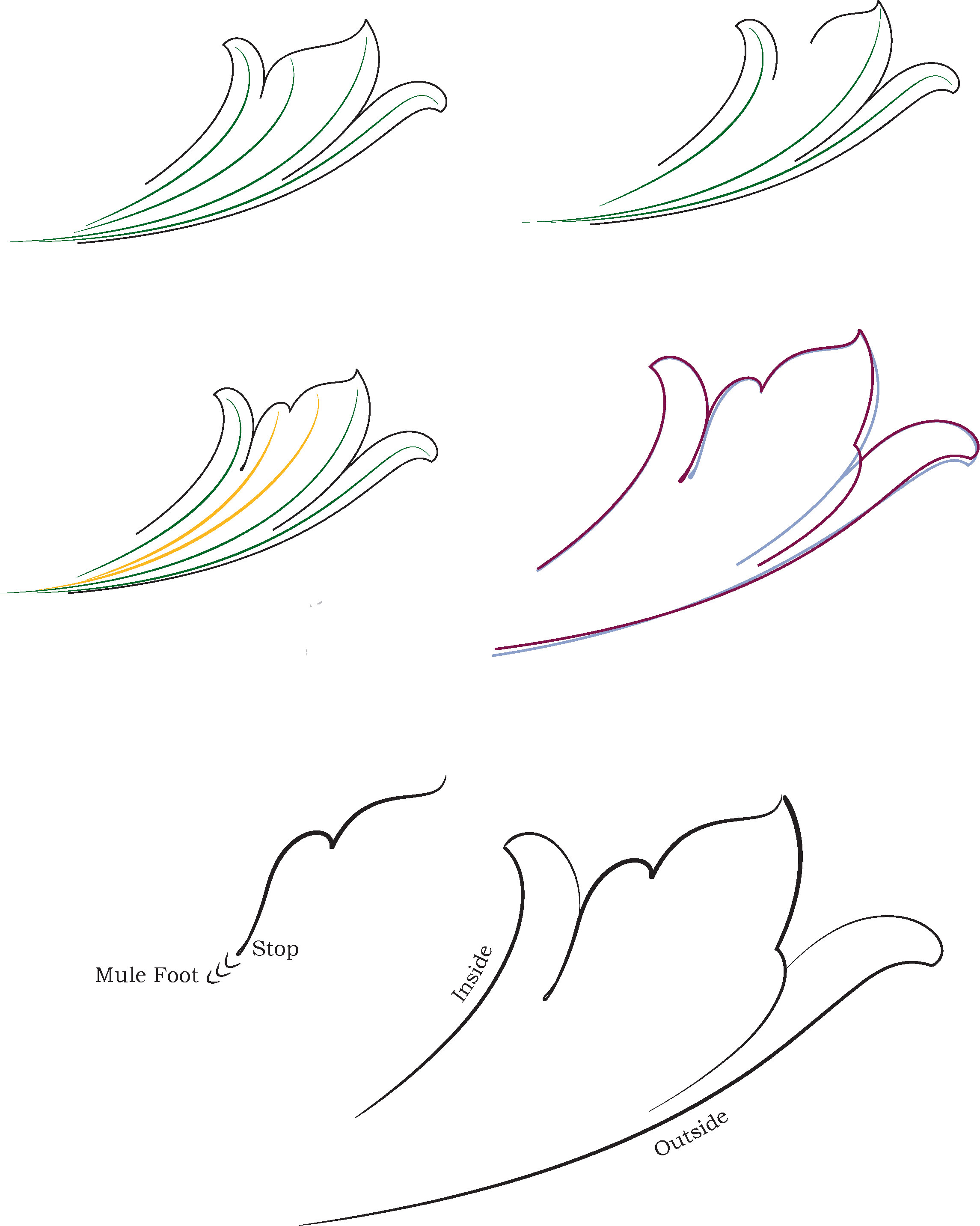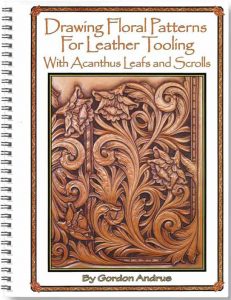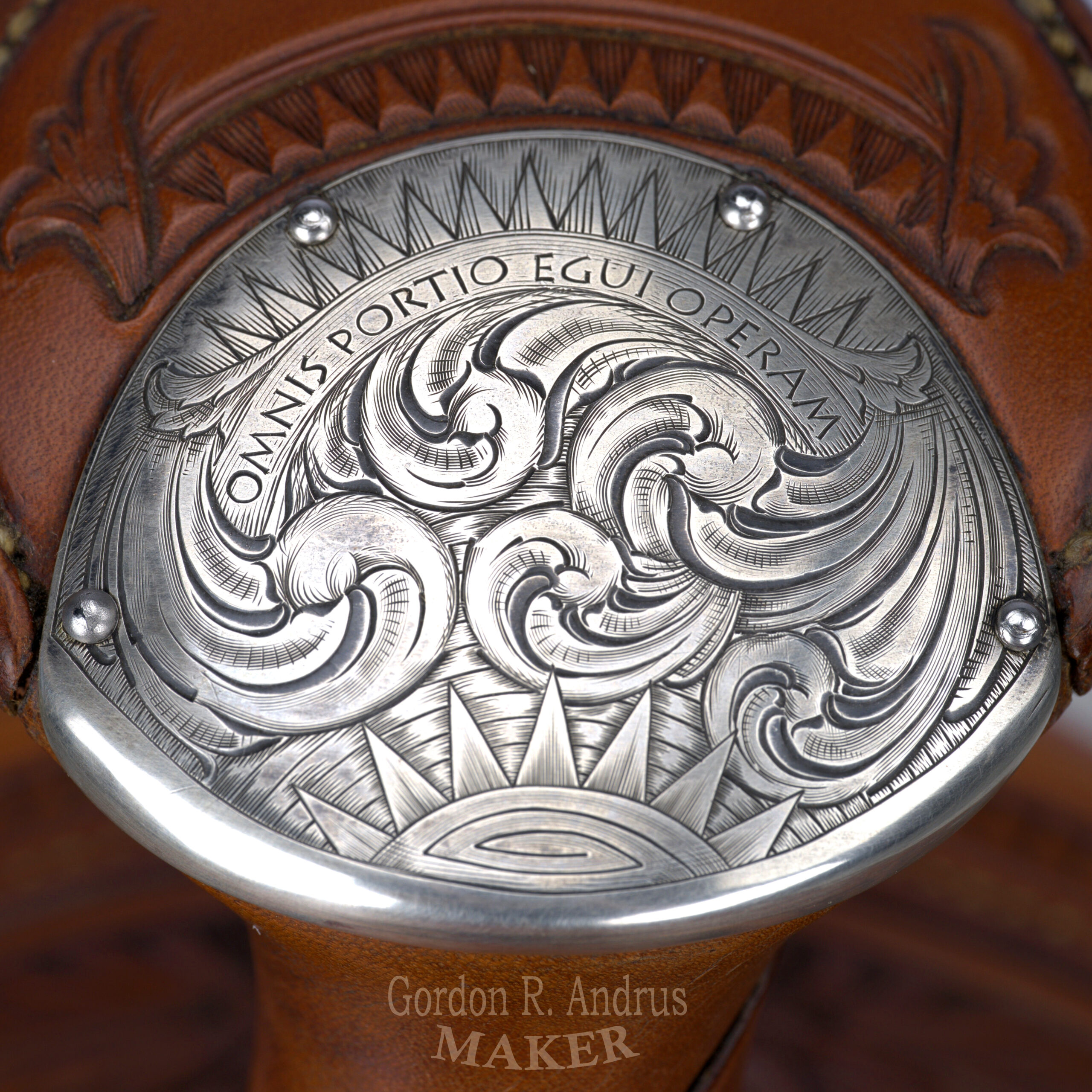
Each Portion Want Attention
Is Form Dictated by Function? Does it Matter?
Maybe... I have to ask what exactly is function? And, what exactly is form. A house has to have a way in and out to function as a shelter. It can have windows to let light in and air circulation. Then there is insulation, heating, and on and on. These things determine what needs to be included in the form that a house takes. But we also consider aesthetics. When we do this, we turn the old saying on its ear and start to consider the function of the form itself. That's why I don't view tooling on a saddle as non-functional. I also don't think of refinement in the curves of the fork and swells as non-functional. I suspect that form and function are related to each other in ways besides one of them coming first. A tree for example needs certain things to survive. Getting those things is what affects the way it grows. But other forces will change the form that it grows into so that it can survive. Then there is the variety of forms that other trees in the same neighborhood take to solve the same problems. I'm wondering how this all relates physically because I don't want to miss out on anything that the creative process has to offer, or what I can potentially bring to my work. I think that perhaps intent and focus have as much to do with the form we give to a thing as the thing's aspect as a tool, and each detail want attention. The question I like to ask is; what can I give to this thing that I'm making?
Gordon Andrus

